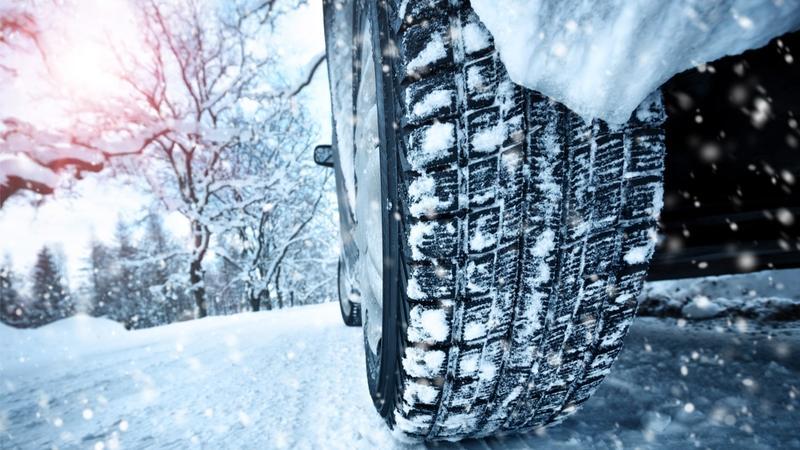How prepared are you to get behind the wheel this winter? Check out these nine
tips on playing it safe and smart on the road this season.
1. Drive free and clear. Before heading out, clean snow and
ice off your whole car to maximize your visibility. Make sure to clear your
headlamps, taillights, turn signals and side-view mirrors.
2. Check your gas tank. Extreme weather may get you stuck in
traffic, or require you to change routes or turn back, so you should always have
at least half a tank of gas.
3. Wear your seatbelt. It sounds obvious, but in many car
accidents, people are found to be not wearing them. Make sure you and all of
your passengers are protected. Also if you or your passengers ages 16 and under
are found not wearing a seatbelt, you could receive a moving violation and your
insurance rates could increase.
4. Leave early. In winter, it often takes longer to get
places. Check local weather and road conditions before leaving, and give
yourself enough time to reach your destination.
5. Slow down. Snowy weather affects visibility, and icy
roads make it harder to control your car. Ease up on the gas peddle and take
more care while driving. Keep a safe distance between your vehicle and the one
ahead.
6. Wear shades when needed. If it's snowy outside and the
sun's really bright, wear sunglasses to protect your eyes and prevent eye
fatigue.
7. Carry a cellphone. If your car stalls and you get
stranded, your cellphone could save your life. But try using it only in an
emergency - talking on the phone while driving is already illegal in several
provinces and there is currently similar pending legislation in Ontario.
8. Play it safe. Avoid driving in freezing rain. If you do,
you'll find your car slipping and sliding on black ice, which can be dangerous.
Same goes for blizzards: no matter how good a driver you are, it's not worth the
risk. Take a train, bus or cab instead.
9. If your car stalls"¦Unless you know exactly how close you
are to help, stay with your vehicle. Try to conserve fuel and stay warm. Keep
one window slightly open to let in fresh air. Watch out for exhaust or carbon
monoxide problems. If you can, access the supplies in your car's emergency kit
(see our last story). If you have a phone, call for help. Turn on your four-way
flashers.
Following these tips should help keep you safe this winter, but they won't
keep you safe from high insurance rates. For that, you'll need to visit InsuranceHotline.com to get a free
quote, and to compare rates from over 30 insurance companies to ensure
you're paying the lowest rate
possible.
